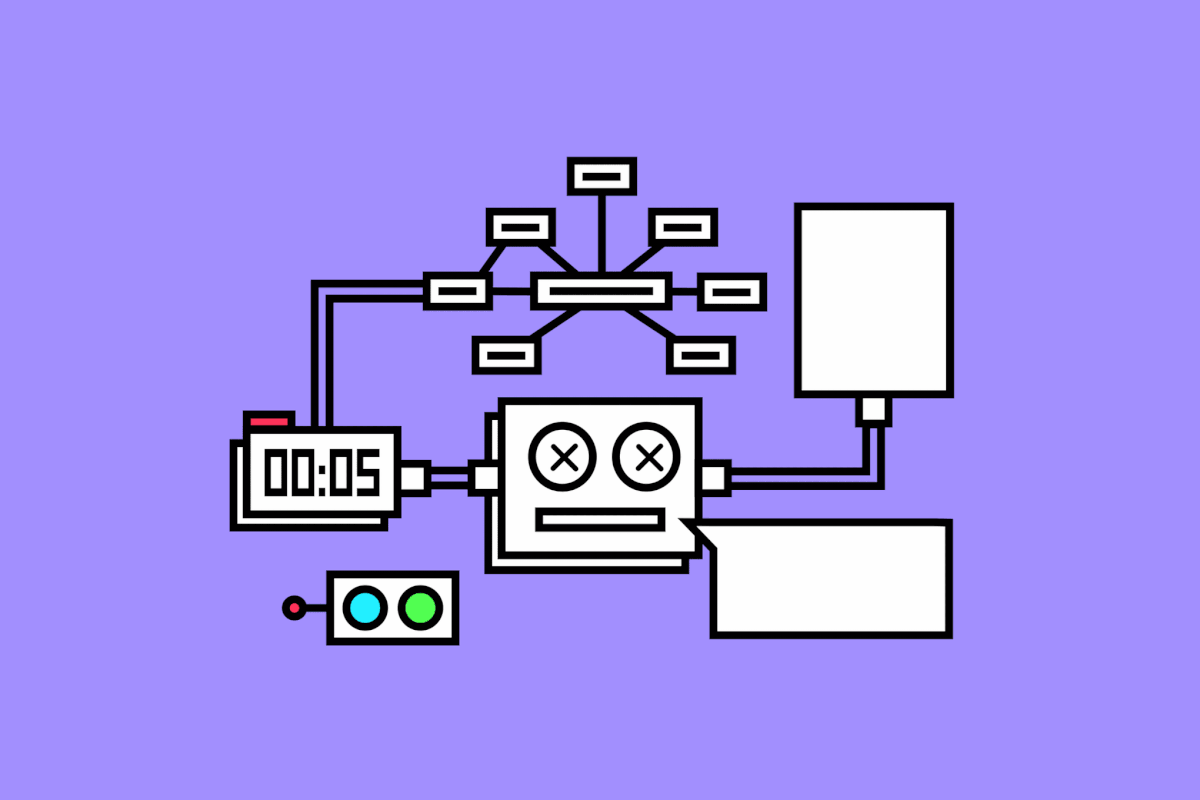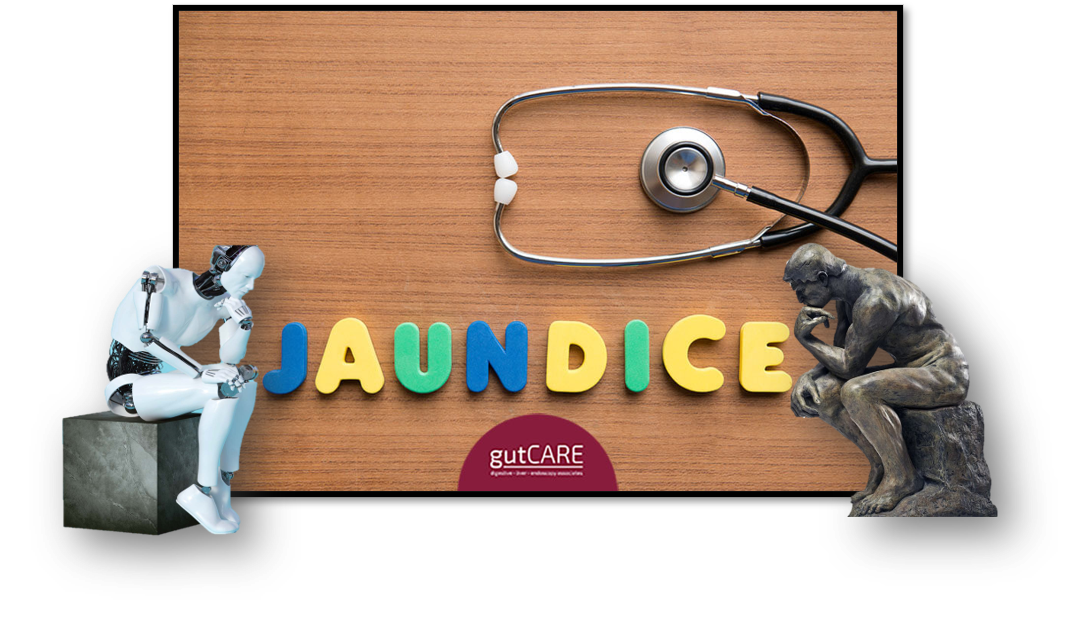
FIG. 1:
Turing Test
Source: Square Holes
The Turing Test was first outlined by Alan Turing (1950)
The mini-Turing Test was outlined by Dana Mackenzie and Judea Peal (2018)
Doctors perform differential diagnosis by means of causal reasoning, given the case history or symptoms of a patient
Could a chatbot program be designed to approximate the differential diagnosis abilities of doctors, relative to patients with a clinical presentation of jaundice or nonalcoholic fatty liver disease (NAFLD)?
We aim to investigate further by constructing and refining a conversational program (termed 'Hepatobot') in consultation with our medical collaborators

FIG. 2:
Mini-Turing Test